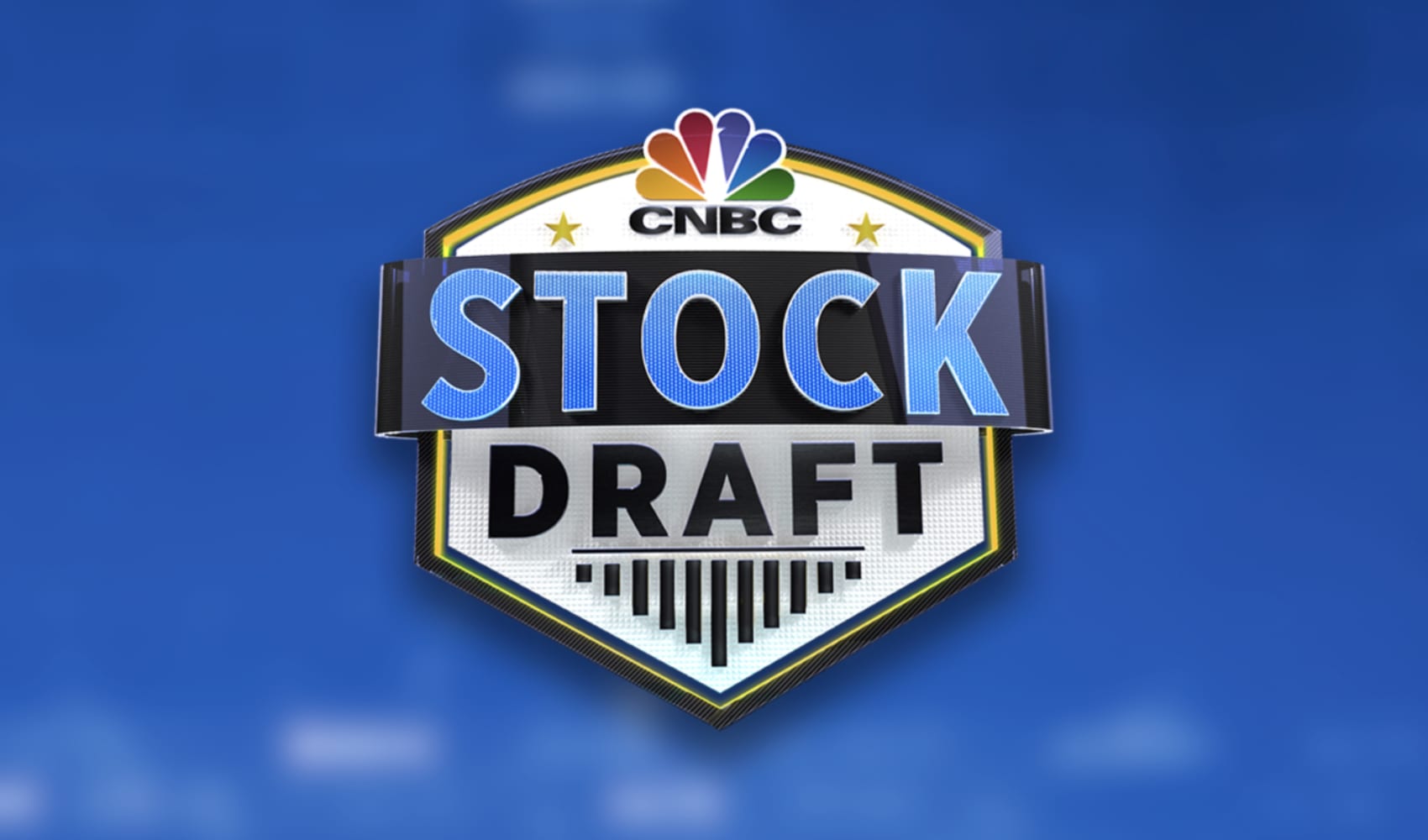
More retail traders are taking a page from the pros by investing in leveraged and inverse funds. The most active exchange-traded fund on retail trading platform Webull is the ProShares UltraPro Short QQQ, in terms of the number of shares changing hands.
Proshares routinely sees $5 billion in notional trade each day. The boost in trading volume of leveraged and inverse ETFs like SQQQ and its opposite TQQQ, has led to the Nasdaq-indexed ETFs outpacing the S&P 500 in the second quarter of 2022.
Webull CEO Anthony Denier said retail investors are embracing leverage to make up for their accounts being downgraded, and they are not able to qualify for leverage in terms on margin.
Get New England news, weather forecasts and entertainment stories to your inbox. Sign up for NECN newsletters.
"The average account went from $5,000 to now averaging about $3,000 on a platform like Webull," Denier told CNBC's Bob Pisani in an interview Wednesday on "ETF Edge."
"So, they're utilizing these leveraged ETFs to make up for their account being downgraded maybe from a margin, or to a nonmargin account, or possibly only even a cash account," Denier added.
While the SPDR S&P 500 ETF Trust (SPY) is still the largest in terms of dollar trading, DataTrek co-founder Nicholas Colas said that the surge shows an increase in risk tolerance from retail investors.
Money Report
"From a market standpoint it tells us that a lot of retail traders are trying to maybe claw back some of the losses from earlier in the year," Colas said in the same interview Wednesday.
"They're down, they want to get back up, and so they see the riskier bets as the most efficient way to try and claw back some of those losses and get back flat on the year and make some money," he said.
Fair-weather trader?
With many investors having only experienced a bull market, the looming bear market marks a defining moment to distinguish active traders from fair-weather investors. For those still in the game, there's still money to be made.
"Short sales alone we are seeing up 400% on our platform this quarter," Webull's Denier said. "That's an active trader utilizing this volatility."
Follow the fund flows
Following a month of peak outflows in April, May brought an inflow in equities and bonds, signaling that investors might be pulling back.
"The money seems to be going directly into consumption," Colas said. "It's not going into bank accounts; it's not going into money market funds. It's being used primarily for consumption in an inflationary economy."
Despite being a stable performer for investors this year, the energy sector saw modest outflows for the month of May.






